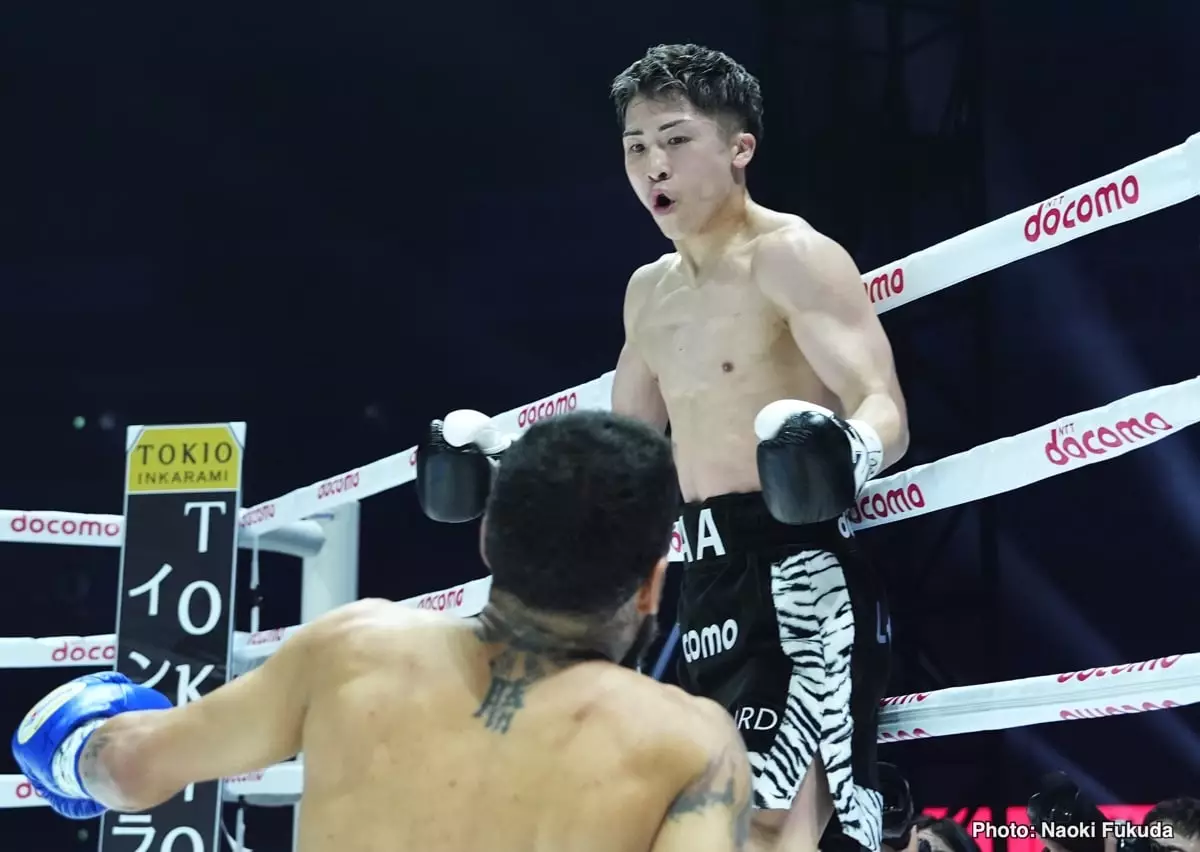In the last few years, the landscape of boxing has undergone a significant transformation, particularly with the emergence of unexpected figures like Turki Alalshikh, a Saudi billionaire whose name has become synonymous with high-stakes fight promotions. This surge in prominence is not merely a fortunate coincidence; it represents a strategic maneuvering that could alter the routes of many notable fighters, including Japanese boxing sensation Naoya Inoue.
Naoya Inoue, considered by many to be the reigning king of the sport in terms of skill and achievements, has recently entered a lucrative agreement with Alalshikh that includes a staggering projected payout of around $20 million. This collaboration symbolizes a momentous shift for Inoue, whose exceptional career is adorned with an impressive record of 28 wins and only 0 losses. His prowess in the ring has garnered attention not only in Japan but globally. The signing was confirmed via photographs that captured Inoue alongside Alalshikh, further solidifying the financial excitement surrounding this partnership.
Ambassador of Two Cultures
Alalshikh is ambitious not just in terms of profit but also in cultural outreach. His belief that Inoue can serve as a bridge between Japan and Saudi Arabia reflects an understanding that sports can transcend borders. “He has a keen interest in Japan and the Japanese market,” Alalshikh asserted, suggesting that he sees Inoue as more than just a boxer. Instead, he envisions him as an ambassador who can engender a mutual respect between differing cultures. This aligns with Saudi Arabia’s broader vision of diversifying its image through sports and entertainment.
The Future of Inoue’s Career—Where Will He Fight Next?
As the boxing circuit buzzes with the potential of future events, questions loom regarding the specifics of Inoue’s appearances. Although he is set to face IBF mandatory challenger Sam Goodman in Japan in December, Alalshikh’s ambition proposes a tantalizing mystery about Inoue’s next moves. While the deal could facilitate fight cards in Riyadh, it remains uncertain if his fights will take place regionally or if they might venture into familiar territories such as Las Vegas, which is touted by Inoue’s promoter Bob Arum as a viable option for 2024.
Inoue himself has expressed a willingness to explore Saudi Arabia as a potential venue for his fights. “It’s all about timing,” he stated, indicating an openness to not only maintain his style and performance but also adapt to new environments. This sentiment reflects a larger trend among fighters today, who are increasingly willing to take risks and broaden their horizons, potentially leading to new audience engagement.
The fraternity of boxing is never static, and the prospect of Naoya Inoue’s engagement in Saudi Arabia comes at a time when the sport is looking for fresh narratives and ambitions. Alalshikh’s influence may catalyze a wave of international collaborations, encouraging more elite fighters to expand their geographical and cultural pursuits. This transition could very well redefine the pathways that contemporary fighters might contemplate as they navigate their careers, shifting not only their fighting arenas but the sport’s global narrative altogether. As we look onwards, the question remains: just how many more fighters will be inspired to join this growing trend?

